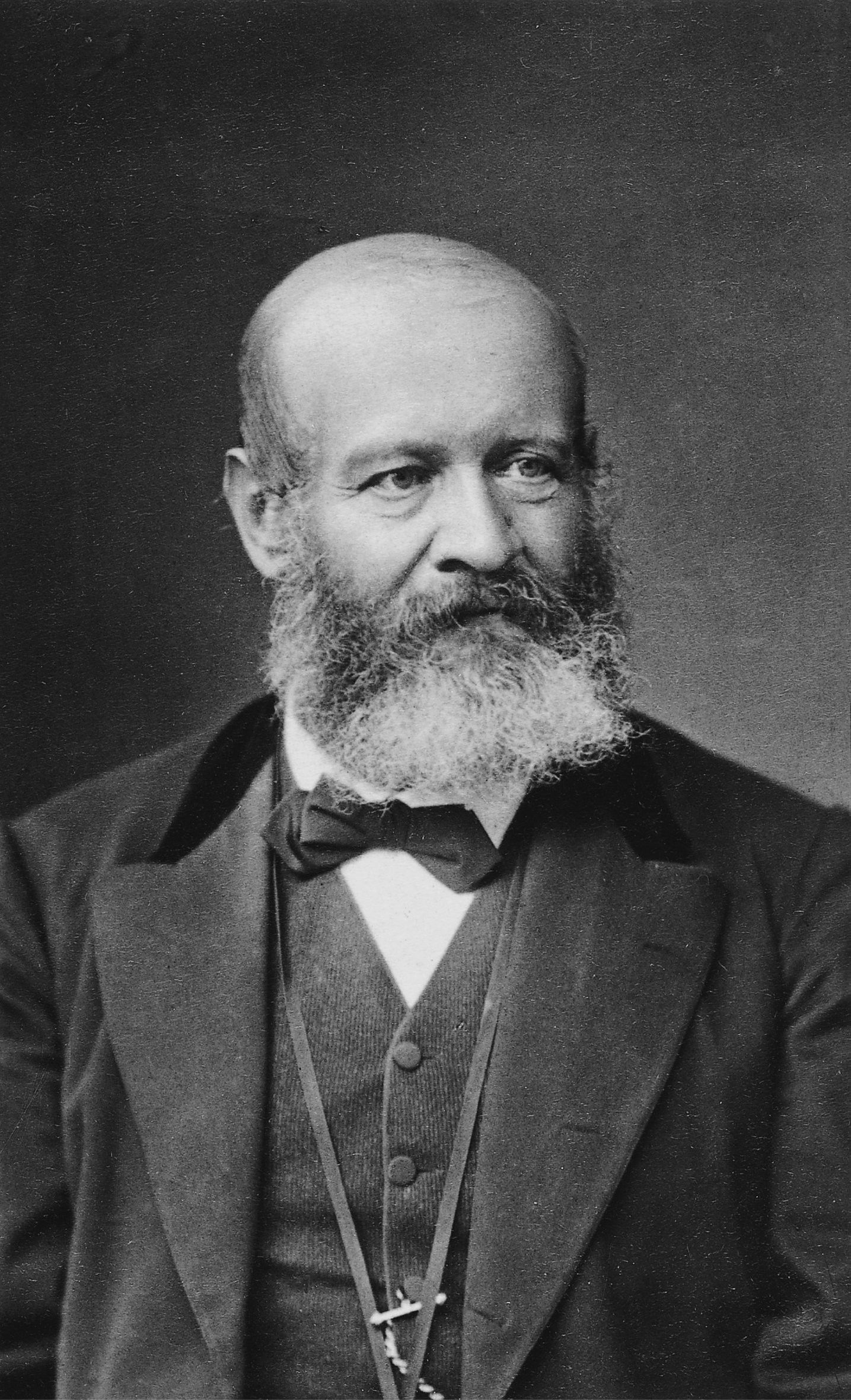Innovation Transformation Automation: Navigating the Corporate Landscape
In a world that’s rapidly advancing, where the intersection of technology and business continuously redefines industries, it’s imperative for corporate leaders to stay informed and adept. For those at the helm of management in large companies and for AI technologists, understanding the nuances of Innovation, Transformation, and Automation is not just a luxury—it’s a necessity.
1) The Core Differences: Innovation, Transformation, and Automation
- Innovation can be visualized as the heartbeat of any forward-thinking organization. It’s the act of introducing something novel—be it a groundbreaking product, an ingenious process, or a revolutionary idea. The essence of innovation lies not just in conception but in execution. It’s about fresh thinking that manifests tangible value. But innovation isn’t a mere sporadic burst of creativity; it’s a continual commitment to pushing boundaries.
- Transformation, on the other hand, is the phoenix of the corporate world. It signifies a metamorphic shift in how a company operates. This could encompass a change in its foundational business model, core operations, or even its cultural ethos. Unlike mere change, which is incremental, transformation is holistic, giving birth to an entirely renewed entity.
- Automation is the application of technology designed to perform tasks with minimal human touchpoints. If innovation is the heart and transformation the soul, automation is the muscle of modern businesses. It’s about leveraging technology to its full potential, ensuring efficiency, consistency, and often, accuracy that the human hand might falter in.
2) Living Examples: Demonstrating the Power of Three
- When we recall Innovation, Apple’s introduction of the iPhone is a luminary. Not just a new product, the iPhone changed how consumers thought about phones. It wasn’t just a device for calls—it became an integral part of our daily lives, blending communication, entertainment, and work.
- Transformation has its cautionary tales, with Blockbuster being a prominent one. As streaming platforms rose to dominance, Blockbuster, once a giant in its realm, attempted to transition from physical stores to online content. Their journey underscores that transformation, while crucial, isn’t a guaranteed success but a strategic necessity.
- And for Automation, car manufacturing offers a crisp illustration. The adoption of robotic arms in assembly lines has not only sped up production but also introduced a level of precision previously unattainable. Similarly, in the digital space, chatbots attending to customer queries at all hours exemplify automation’s prowess.
3) The Art of Choosing: When to Innovate, Transform, or Automate
- Innovation is the tool of choice when exploring uncharted territories. Companies aiming to capture a new market segment, address a previously unidentified need, or offer a unique solution often lean on innovation. It’s about building a bridge where there’s been no path before.
- Transformation is the answer when there’s a seismic shift in the industry landscape. When external factors—technological disruptions, changing consumer behaviors, or geopolitical shifts—demand that companies reinvent themselves, transformation becomes inevitable. It’s about ensuring the ship not only stays afloat but can navigate the new waters adeptly.
- Automation becomes the focus when efficiency is the goal. Whether it’s to reduce overhead costs, eliminate repetitive tasks, or ensure a consistent quality of output, automation streamlines processes, making them more predictable and scalable.
4) Weighing the Economics and Strategy
- Investing in Innovation can be a gamble. The R&D costs, market research, and prototype testing demand substantial financial commitments. However, successful innovations often yield exponential returns, granting companies not just revenue but a competitive edge.
- Transformation is both a financial and cultural investment. Beyond capital allocation for new tools or business models, it demands a shift in mindset across the organization. The payoff, though, is longevity and continued relevance in an evolving marketplace.
- Automation, while demanding initial technological investments, promises long-term savings. Reducing manual labor, minimizing errors, and accelerating processes, it ensures companies can deliver more for less.
5) Crafting and Executing: From Ideas to Reality
- Innovation thrives in environments that nurture creativity. Beyond financial backing, it requires a cultural acceptance of risk, iterative testing, and a feedback-rich ecosystem. It’s a balance of brainstorming sessions, prototyping labs, and market tests.
- Transformation is a marathon. It necessitates buy-in from all organizational levels, from the C-suite to the front-line employees. Often, external consultants, familiar with the transformation journey, can offer valuable insights. It’s a mix of strategy meetings, training sessions, and constant communication.
- For Automation, technical prowess is paramount. Integrating new systems with legacy ones, ensuring staff training for automated tools, and maintaining these systems are integral. It’s about tech assessments, integration blueprints, and regular software updates.
Conclusion
As we stand at the cusp of a future molded by AI, understanding the trinity of Innovation, Transformation, and Automation becomes crucial. For management and AI technologists, it’s not about choosing one over the other but discerning which to leverage when, ensuring that companies are not just surviving but thriving in the corporate landscape of tomorrow.








